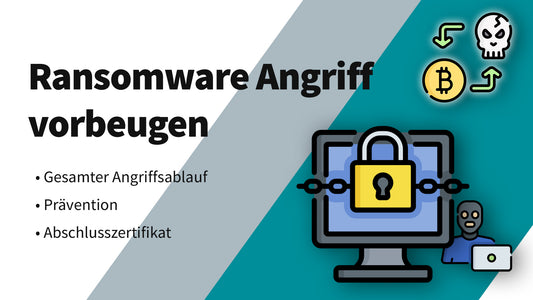"Pentesting" stands for "penetration testing" and describes the process in which computer systems, networks or applications are checked for security gaps. This involves trying to act like an attacker to identify vulnerabilities before real attackers can exploit them.
Some key features and purposes of pentesting are:
- Identification of vulnerabilities: This is the main goal of pentesting. The testers look for vulnerabilities in the system architecture, software, network components or even human factors.
- Risk assessment: After vulnerabilities are identified, they are assessed to determine how critical they are and what priority should be given to resolving them.
- Demonstration of impact: A successful penetration test can show an organization what a real attacker could actually do if they had access to the system or application.
- Regulatory Compliance: Many industries have regulatory requirements for information security. Pentests can help prove that the required security standards are being met.
- Improving security posture: By identifying and remediating vulnerabilities, an organization can improve its overall security posture and better protect itself against actual attacks.
A pentesting process can be divided into different phases, including intelligence gathering, threat modeling, vulnerability assessment, exploitation and reporting. It is important that pentesting is carried out with the consent of the owner of the system being tested. Unauthorized penetration of systems – even with good intentions – is illegal and can have legal consequences.
For which industries is pentesting helpful?
Pentesting can be extremely valuable for a variety of industries including:
Financial sector : Banks, financial service providers and other institutions that handle sensitive customer data and monetary transactions.
Healthcare : Hospitals, clinics and other facilities that store and process patient data.
Retail : Online shops and retailers that process customer data and payment information.
Public sector : Government and administrative bodies that offer citizen services online.
E-commerce and technology companies : Any company that operates online or develops digital products.
Education : Schools, universities and other educational institutions that process both student information and research data.
For which target group is pentesting not (yet) necessary?
While most organizations can benefit from penetration testing, there are some audiences for whom the benefits may not be as immediately apparent:
- Very small companies or sole proprietors that do not store or process sensitive customer data and do not have complex IT systems.
- Private individuals , unless they operate complex personal projects or websites with sensitive data.
Non-digital oriented NGOs or non-profit organizations that have minimal online presence and IT infrastructure.
Pentesting is becoming more and more important
For example, German banks, energy suppliers and telecommunications companies have had penetration tests carried out both internally and by external service providers to ensure the security of their systems. These companies recognize the importance of such testing to protect against ever-evolving threats.
It is important to emphasize that successful penetration testing does not necessarily mean that there are no vulnerabilities, but rather that those vulnerabilities have been identified and subsequently remedied.



